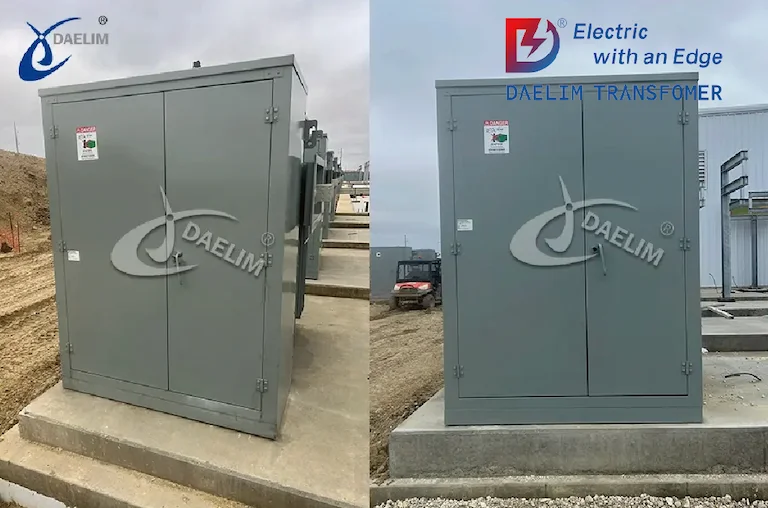ELECTRIC, WITH AN EDGE

Building a transformer pad involves several critical steps to ensure safety, stability, and compliance with local regulations. The process includes selecting the right location, preparing the site, constructing a robust foundation, and ensuring proper drainage and grounding. This guide provides detailed, practical instructions to help you successfully build a transformer pad that meets industry standards and is tailored to the needs of the American market.
Choose a location that meets local zoning regulations and provides easy access for maintenance. Ensure the site is free from obstructions and away from potential hazards like flooding or heavy traffic.
To learn more about the exact construction and uses of the specific pad mounted transformer, follow this link:
Discovering the Future: Daelim’s Pad Mounted Transformer Revolution
Allow the concrete to cure properly by keeping it moist for at least 7 days. Use wet burlap, plastic sheeting, or a curing compound to retain moisture. Proper curing enhances the strength and durability of the pad.
Install grounding rods and ensure proper bonding according to local electrical codes. This step is crucial for safety and helps prevent electrical faults.
By following these detailed steps, you can build a durable and compliant transformer pad that ensures the safe and efficient operation of pad-mounted transformers.
After filling in the contact information, you can download the PDF.